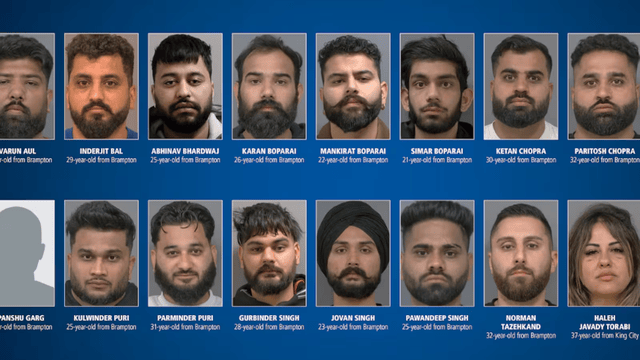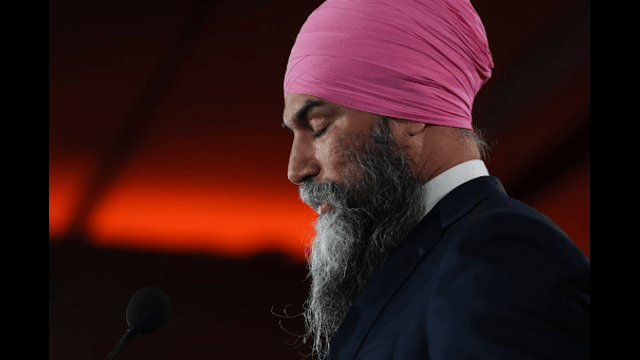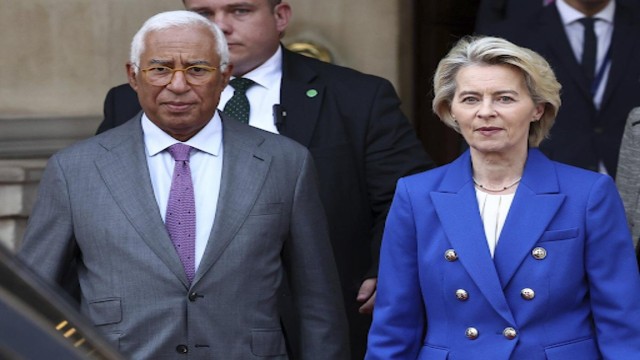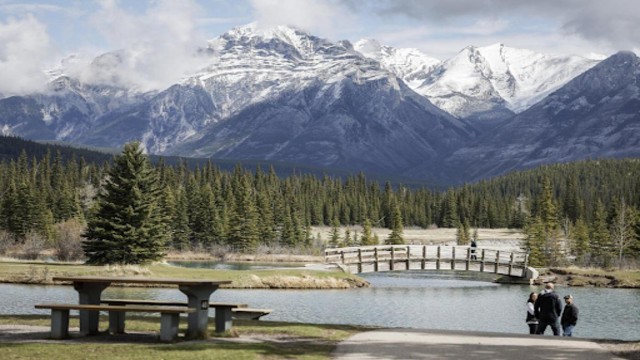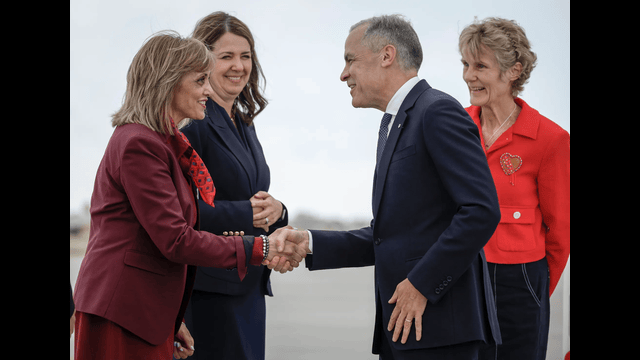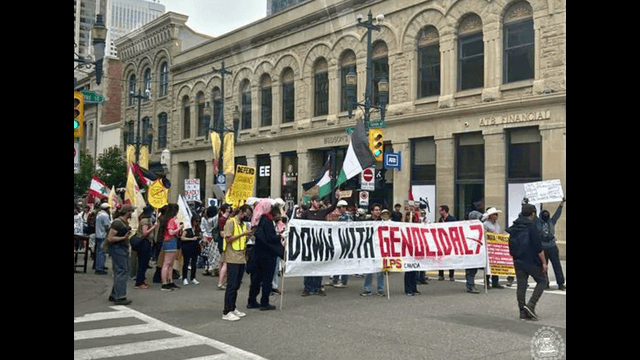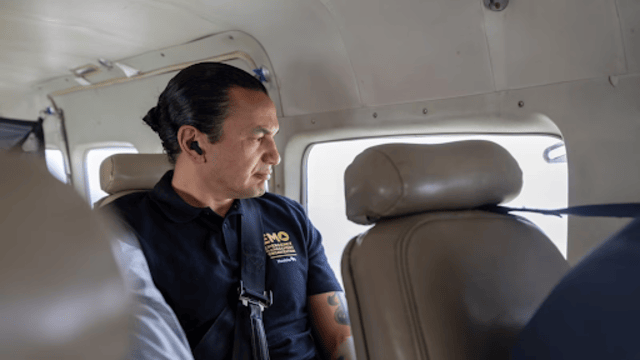
Manitoba Premier Wab Kinew looks out from his plane window while flying over wildfire-affected areas in northern Manitoba, including Flin Flon and Thompson, during his visit on Thursday, June 12, 2025. The Canadian Press
Premier Wab Kinew flew over wildfire-hit areas in Manitoba on Thursday. He visited Flin Flon, where he spoke with firefighters—including some who came from the U.S. He then went to Thompson to meet with local leaders, evacuees, and hospital staff before heading back to Winnipeg.
Fires have burned for more than two weeks, mainly in the northern and northwestern parts of the province. Over 21,000 people have left their homes—one of the worst wildfire seasons Manitoba has seen in years.
Natural Resources Minister Ian Bushie shared updates during a wildfire briefing. He confirmed help is arriving from many provinces and even from the United States. “It’s been very positive to see a truly all-hands-on-deck approach,” he said.
Evacuations and Fire Conditions
So far, 6,000 people have evacuated from Flin Flon and nearby cabins. Another 6,700 have left the Pimicikamak Cree Nation. Currently, 25 wildfires are burning. Nine of them are out of control.
There is some relief for Cranberry Portage, where around 600 residents have been told they can return home starting Saturday.
Cooler weather and scattered rain have helped control the fires a bit. But Bushie warned about more lightning, which could spark new fires. “We’re not out of the wildfire season yet,” he said. “We may not even be at its peak.”
Tourism on Hold
The ongoing evacuations have filled up most of Manitoba’s hotel rooms. With 15,000 evacuees needing shelter, the government is asking tourists to avoid travelling to the province for now.
Saskatchewan Evacuees Begin Returning
In Saskatchewan, recent rain and better wind conditions have allowed people to return home. About 7,000 residents from the La Ronge area have started going back.
Lyle Hannan, who leads the emergency team in La Ronge, said things are slowly getting back to normal. Gas stations, restaurants, and grocery stores are open. Crews are cleaning up to prepare for residents’ return.
Hannan said several buildings burned down, including a hardware store, a trading store, and an air tanker base. “People miss home,” he said. “They just want to make sure everything is still there.”
Fires in Saskatchewan have displaced between 10,000 and 15,000 people. The province has declared a state of emergency.
Government Aid and Criticism
Saskatchewan Premier Scott Moe announced financial aid for fire evacuees. Each adult who was forced to flee will receive $500. Moe said the government is doing its best but promised to do better moving forward.
The Opposition NDP and the provincial ombudsman say the government did not act fast enough. Ombudsman Sharon Pratchler said her office had to step in to connect people with shelter and food. She shared stories of families sleeping in cars and parents without baby supplies.
NDP Leader Carla Beck said the $500 will help, but criticized the government’s slow response. She said people expect better planning during emergencies.
Meanwhile, wildfires continue to burn in Alberta, mainly in the remote north, forcing more people to evacuate.


